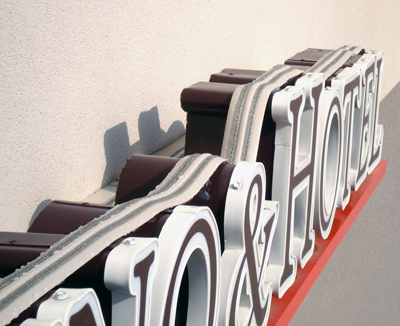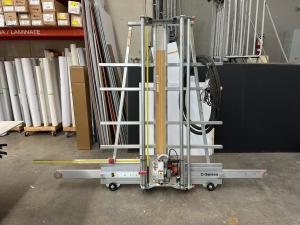Deterring birds from sign surfaces

As signs are often the first things customers see when they approach a commercial establishment, their letters and logos are a major part of a company’s image. If a sign is covered with bird droppings, nesting materials and debris, it portrays a shoddy image of the company and the goods or services it provides. This is why bird control is important for the sign industry.
Birds are naturally attracted to signs that provide shelter from the elements and natural predators. In many cases, signs also offer an ideal perch from which to observe the surrounding area.
This behaviour poses significant problems. Besides damaging a company’s image, bird droppings left to gather inside a sign can eventually corrode wiring and cause electrical shorts or even fires.
The best course of action is deterrence, proactively setting up bird-control devices for each new sign before any pest birds have the chance to roost and nest. Sign shops that include bird deterrence among their recommended installation procedures can keep their customers happy by preventing their property from being defaced. Two of the most popular and effective options are ‘bird spikes’ and electric flat-track systems.
Bird spikes have been used for decades. The most durable are made from stainless steel. They can be embedded into an ultraviolet-resistant (UV-resistant) polycarbonate base, glued, screwed or tied down to virtually any sign.
Some clients worry, however, about the appearance of metal spikes atop their signs. Plastic spikes are also available in a variety of colours to blend in better with sign designs. Again, UV-resistant polycarbonates are useful for durability.
Electric flat-track systems (example pictured) are even less visible. These low-profile devices emit a mild electrical shock when birds land on their surface—not enough to harm them, but enough to cause them to stay clear of the sign in the future. After a flat-track system is rolled out and installed with connectors and adhesives, it can be powered with a solar charger unit.
Before installing any of these options, of course, the area should be thoroughly cleaned, removing any existing bird droppings, feathers and/or nesting materials. Birds are attracted to the scent of their nests and droppings and will try to keep returning to ‘friendly territory’ to land or nest.


